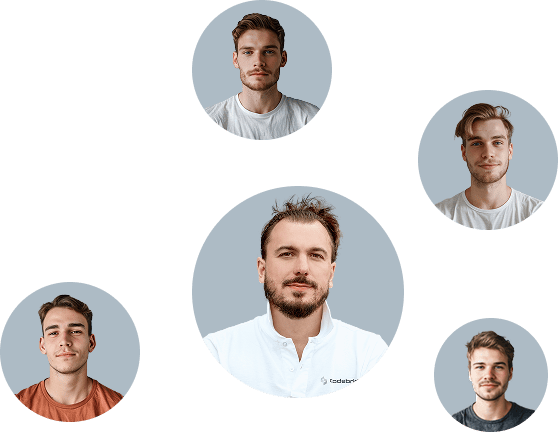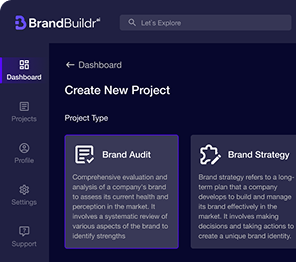Stories are a fundamental part of human communication. They're present in commercials, news, and even business meetings because they make us care about the information being conveyed. Designers leverage storytelling to create positive user experiences, even though it manifests differently when a story is integrated into a product.
Human brains are wired to find and understand stories, which is why a well-crafted story can significantly enhance UX. UX is about connecting an experience to a person's mental model. Here are several steps to help you incorporate storytelling into your user experience design.

Identify Your Genre
Before beginning work on a product, it's essential to identify the genre. While authors might refer to this as a genre, in UX, it might be called a "niche" or a "use case." This differs from an industry — it's not sufficient to create something "for healthcare" or "for finances." Your product's "genre" is the specific space in which it exists and can make a difference for the target audience. Understanding this helps in tailoring the product to meet specific user needs and expectations.
Add Context to the Experience
Context is everything that surrounds us. A UX designer creates visual context by including elements such as headers at the top of screens or breadcrumbs that show where a user is within a website. Context extends beyond the moment someone uses your product. To build a comprehensive context, ask these questions: Who is my audience? Where do they spend their time? What were they thinking, feeling, and doing before encountering my product?
Adding context helps users feel oriented and engaged, making their interaction with your product more intuitive and meaningful. It also helps in making the experience seamless and cohesive, which is vital for user retention.
Follow the Hero’s Journey
A good book — and a good product — has a flow that eventually reaches a satisfying conclusion. The author or UX team needs to understand this flow and how to guide the user through it gracefully. The hero's journey framework can be an excellent tool for mapping out the user's path, ensuring that the experience is engaging and fulfilling.
This journey involves stages such as introduction, development, climax, and resolution. By identifying and designing these stages, you can create an experience that feels complete and rewarding to the user.

Good Writing is Good Editing
For an author, finishing the story is just the first step. They then work with an editor to refine the narrative through feedback and numerous revisions. Similarly, in UX, we rely on user research and iterations. Usability testing, A/B testing, user research, and prototype testing are all methods to gather feedback from the target audience.
One significant advantage in UX is that digital products can be adapted and improved even after launch. Websites undergo redesigns, and apps receive bug fixes and updates. This iterative process allows for continuous improvement based on user feedback, ensuring that the product evolves to meet user needs better.
Storytelling: A Powerful UX Tool
To sum up, storytelling is a powerful tool for any UX designer. It helps create a compelling product and fosters a deeper understanding of the people who use it. By identifying your genre, adding context, following the hero's journey, and embracing iterative improvements, you can design user experiences that are engaging, intuitive, and satisfying.

Heading 1
Heading 2
Heading 3
Heading 4
Heading 5
Heading 6
Lorem ipsum dolor sit amet, consectetur adipiscing elit, sed do eiusmod tempor incididunt ut labore et dolore magna aliqua. Ut enim ad minim veniam, quis nostrud exercitation ullamco laboris nisi ut aliquip ex ea commodo consequat. Duis aute irure dolor in reprehenderit in voluptate velit esse cillum dolore eu fugiat nulla pariatur.
Block quote
Ordered list
- Item 1
- Item 2
- Item 3
Unordered list
- Item A
- Item B
- Item C
Bold text
Emphasis
Superscript
Subscript





















.avif)



.avif)

.avif)


